Red Hat became the largest open source company in the world before it was acquired by IBM, and Red Hat Enterprise Linux was its main product. This Linux-based operating system showed how much money a company can make by developing free software and supporting it through paid contracts.
As the name suggests, Red Hat Enterprise Linux is intended for businesses and organizations. If you want to run your own personal server, signing up for a copy of RHEL can be a bit redundant. Fortunately, there are several alternatives that use the same code and can run the same application as RHEL.
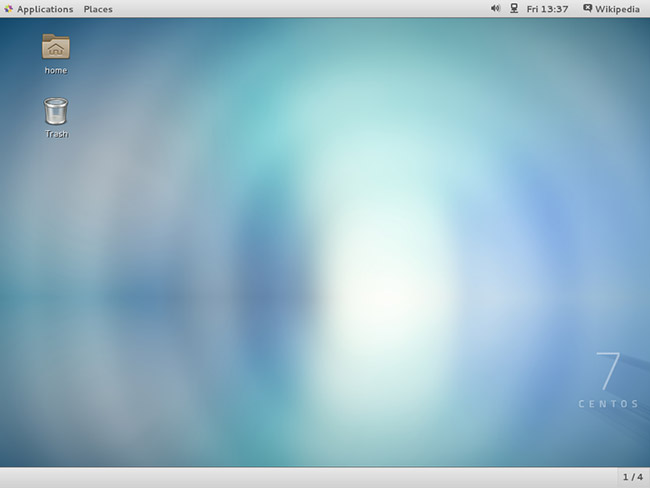
CentOS stands for Community Enterprise OS. Launched in 2004 as a community-supported operating system fully compatible with RHEL, CentOS became part of Red Hat many years later. CentOS is considered the most famous way to use what is essentially RHEL without the financial hassle of actually using RHEL.
2020 CentOS was announced to disappear in its current form by the end of 2021. Instead, Red Hat introduced CentOS Stream, a semi-rolling release that has software updates a bit faster than RHEL little, rather than slower.
This means that instead of being an identical copy of RHEL, CentOS Stream can contain newer versions of the software. CentOS Stream releases share the same version number and support period as their respective RHEL release.

Rocky Linux arrives in 2021 after CentOS stops working traditionally and tries to fill in what CentOS has brought before. It acts as a downstream, binary compatible version of RHEL. The operating system’s name is a tribute to CentOS co-founder Rocky McGaugh.
For those who are looking for an upgrade path from CentOS 7, who are not interested in using CentOS Stream, or who are looking to stick with a longer supported version of CentOS 8, there is no need to start over. from scratch to switch to Rocky Linux. You can migrate by running a single script.
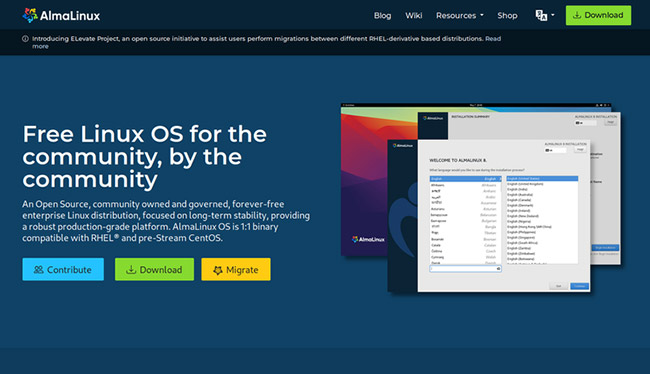
Rocky Linux isn’t the only RHEL-based alternative to rise from the end of CentOS. AlmaLinux launches in 2021 as another fully compatible alternative to RHEL. The name comes from the Spanish word “Alma”, which means “soul”.
AlmaLinux is run by the community, although originally created by CloudLinux. CloudLinux remains a sponsor along with other big names like Microsoft, Amazon and ARM. Like with Rocky Linux, you can switch from CentOS with a single script. If you want commercial support, get it from TuxCare.
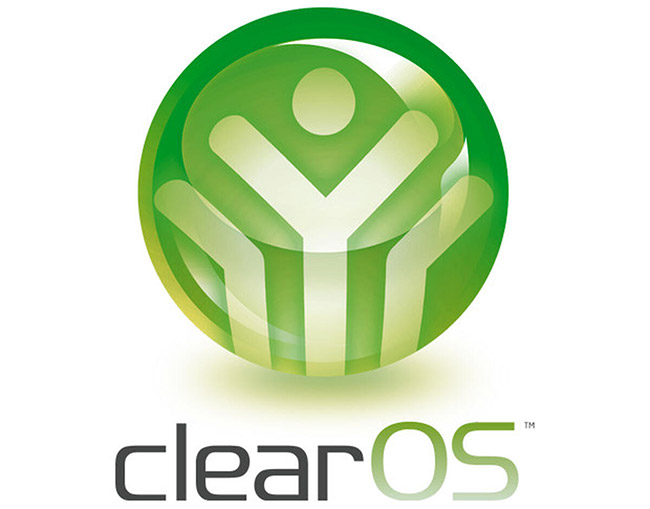
ClearOS is derived from CentOS and RHEL, but this distro has its own special purpose. It is designed as a Windows Small Business Server alternative for small and medium-sized companies, as well as for home office use.
You use ClearOS not through the desktop but through the web-based interface. This means that you, your colleagues, or your customers can all use ClearOS without having to deploy it on multiple machines.
This web-based theme comes with a marketplace containing over 100 apps. HP has also partnered with ClearCenter to offer servers bundled with ClearOS and ClearOS Marketplace.
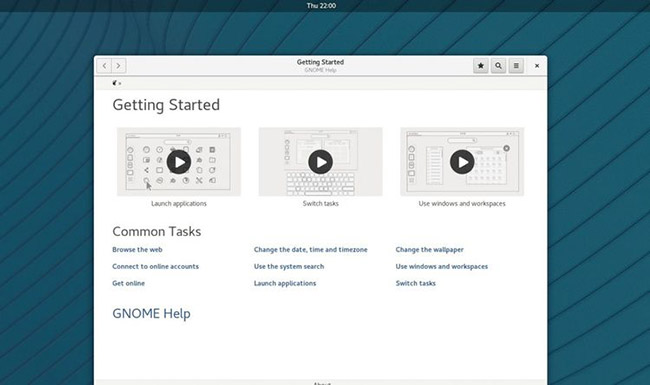
Oracle Linux powers the Oracle Cloud and thousands of Oracle servers, but you can also use it as a desktop workstation. Like most RHEL-based distributions, Oracle Linux uses similar tools, such as DNF and RPM.
Oracle Linux is a binary compatible RHEL alternative that comes with corporate support, unlike many of the community-run projects on this list. You have the option of paying for support directly from Oracle.
Oracle allows users to keep the same kernel as RHEL’s but also offers its own alternative, called Unbreakable Enterprise Kernel, which contains various tweaks from Oracle.
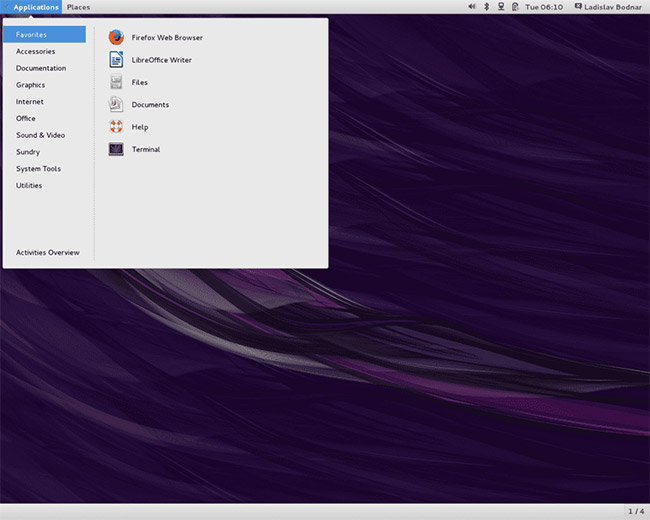
Scientific Linux is a variant of RHEL that targets scientists working in laboratory settings, especially research or work related to energy and physics. Fermi National Accelerator Laboratory (Fermilab) is the sponsor of this project.
The project started in 2003 as an effort to create a shared operating system for different labs, making it easier for them to share code and collaborate. Over the years, other labs such as CERN and DESY have also used Scientific Linux.
In the future, many labs have decided to use CentOS, so for now, there are no plans to release any more versions of Scientific Linux. However, the latest release, based on RHEL 7, will continue to receive updates for the rest of its lifecycle, which is expected to end in 2024.
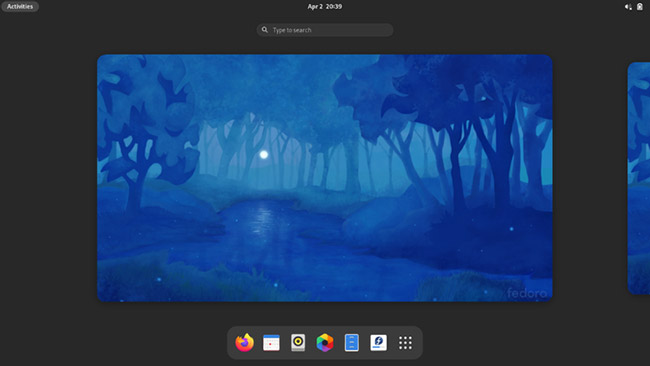
Fedora is not technically RHEL-based. The relationship is actually the opposite, the code will go into Fedora first. When it’s time to start working on the next release of RHEL, Red Hat will roll out a version of Fedora, bring that version into CentOS Stream, and continue development until it becomes a product-ready for Business.
Does this mean that Fedora is just a test subject? No, the Fedora community is trying to make Fedora a user-friendly, fully functional workstation in its own right.
If you are used to using RHEL for your work, Fedora will give you the opportunity to use the same knowledge on your home computer. Or if you just want to use a general-purpose distro that is both reliable and up-to-date, that’s a reason to use Fedora, as Linux creator Linus Torvalds did.
Source link: 7 best Linux distributions based on Red Hat
– https://techtipsnreview.com/






